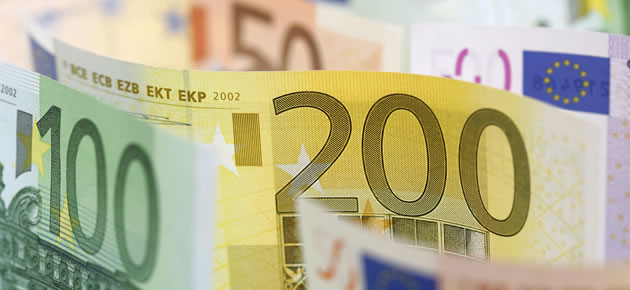As the week’s most influential news day began the Euro was in a softer position against the New Zealand Dollar.
The common currency came under pressure yesterday as German inflation data fell short of forecasts, upping the odds of today’s Eurozone price report also disappointing expectations.
If the CPI for the 18 nation currency bloc doesn’t show the 1.0 per cent year-on-year increase in prices expected by economists the European Central Bank’s dallying regarding the introduction of additional stimulus may be brought to an end.
The ECB could employ any of a number of measures to get inflation back on track, including introducing negative interest rates.
According to industry expert Stuart Ive; ‘If the Eurozone number is weaker, I would expect the Euro to come under immense pressure.’
The Euro also lost ground against peers like the New Zealand Dollar as German retail sales were shown to have declined by more-than-forecast in March. Sales dropped by 1.9 per cent year-on-year, defying hopes for a 1.7 per cent increase and wiping out February’s gain.
Separate figures revealed a steep drop in French consumer spending and producer prices.
On the upside, the Spanish economy expanded by more than predicted in the first quarter, growing by 0.6 per cent on an annual basis.
Meanwhile, the New Zealand Dollar was supported during Australasian trading by a domestic building permits report.
The data detailed an 8.3 per cent surge in building permits in March, month-on-month. Economists had only expected a 2.0 per cent increase. February’s figure was positively revised to -1.6 per cent.
Less positively, the ANZ activity outlook index slipped from 58.2 to 52.5 in April while a gauge of business confidence for this month also eased from 67.3 to 64.8.
As the day progresses further volatility in the Euro to NZD pairing can be expected.
Investors will also be looking ahead to US growth data, the FOMC rate decision and China’s manufacturing PMI.
As China is one of New Zealand’s main trading partners, if the manufacturing gauge falls below the 50 mark separating growth from contraction the ‘Kiwi’ could trim gains.
Euro (EUR) Exchange Rates
[table width=”100%” colwidth=”50|50|50|50|50″ colalign=”left|left|left|left|left”]
Currency, ,Currency,Rate ,
Euro, ,US Dollar,1.3808,
,US Dollar,1.3808,
Euro, ,British Pound,0.8215,
,British Pound,0.8215,
Euro, ,Australian Dollar,1.4869,
,Australian Dollar,1.4869,
Euro, ,New Zealand Dollar,1.6130,
,New Zealand Dollar,1.6130,
Euro, ,Canadian Dollar,1.5124,
,Canadian Dollar,1.5124,
[/table]



